Sarah Bolitho is a Founder & CEO at Levyl.
Picture this: three-day weekends becoming the norm, a surge in productivity like never before, and a sense of liberation that ignites a new era of employee satisfaction. The four-day work week is not just a distant dream but an emerging reality that has captivated the imaginations of forward-thinking companies and individuals worldwide.
If you’re an employee or an organisation that is still sceptical about the four-day work week, then keep reading!
We’ll explore how the four-day work week may be the solution to internal and external economic challenges in Australia through compelling views and insights around productivity and the 100:80:100 model.
Productivity affects Interest Rates:
Most Australian’s are no doubt feeling the pinch of the last 12 interest rate rises over the past 13 months. Inflationary pressures on the cost of living are something we are all familiar with.
We recently saw the Fair Work Commission approve a 5.75% increase to award rates and an 8.6% increase to the minimum wage. This announcement was around the same time as the Reserve Bank of Australia’s (RBA) monthly June meeting where rates were increased (again). The RBA noted that the award increase was higher than the previous year and hinted they expect public sector wages to increase.However, wages growth (overall) remains consistent with its inflation target with the caveat that productivity must improve.
We know this isn’t an economics lesson but there is an important correlation between inflation and productivity.
Typically, when a workforce is productive it tends to produce more goods and services at a lower cost per unit and creates a greater supply of items, placing a downward pressure on prices and in turn, lower inflation. Some would argue that this is not quite the case in Australia at the moment.
The Productivity Commission released its five-yearly inquiry report in March 2023 and found that to the decade of 2020, productivity grew just 1.1%. This supports Treasurer Jim Chalmer’s challenge of the rhetoric around remote working impacting productivity saying that the decline predated working from home (as a result of the pandemic).
There is no doubt that the pandemic flipped the way we work on its head with remote working now the norm and since the easing of restrictions, a more hybrid approach forming the ‘new normal’.
However, the discourse within organisations, among business groups and politicians has likely had you subscribe to discussions around “how do we get the most out of employees in this new way of working?”
The answer shouldn’t be let’s move back to five days in the office – we know that there are far greater adverse implications to organisations and employees if we adopt this approach.
Instead, let’s talk about four-day work week and the 100:80:100 model.
What is the 100:80:100 Model?
The 100:80:100 model has been trialled by 10 Australian organisations. 4 out of these 10 organisations have now adopted the change permanently after trials.
This model allows employees to keep 100% of what they are paid for five days whilst working 80% of their former hours - so long as they maintain 100% productivity.
Statistics & Results from the Trial:
- 3 out of 10 managers reported no loss of productivity despite a 20% reduction in hours. As a result, staff were about 20% more productive. The other 7 managers reported productivity being even higher than before.
- 6 out of 10 said that improvements in recruitment and retention have been the biggest success of the initiative so far.
- 5 out of 10 underlined important reductions in absenteeism.
- Based on internal surveys, both managers and employees reported the extra day off each week meant workers felt relaxed and re-energised and helped avoid the "Sunday scaries" - the anxiety and dread felt on Sunday night at the prospect of another five-day week.
- As an example: the Unilever NZ Trial results demonstrated that absenteeism dropped to 34% and stress dropped to 33%. Unilever 4DWW trials are still ongoing in Australia.
- Major Australian organisations such as Bunnings, Telstra, MediBank and NIB are now hopping on to the trend after seeing positive results from the Unilever NZ trial.
External studies have found a strong statistical relationship between the start of the working week and heart attacks and cardiac arrests.The data shows that the risk of a heart attack is 20% more likely on a Monday and can be attributed to the disruption of the circadian rhythm or 'sleep clock' in our bodies. However, could it be a result of stress, anxiety and "Sunday scaries"? Is a 5-day work week impacting our lives in a way we never thought of?
This poses the question: Could the four-day work week potentially increase productivity, retention and employee satisfaction while decreasing absenteeism, stress, anxiety, physical health risks and inflation?
The 4-day work week could be the answer. So why do we remain sceptical?
Please note that all information provided is derived from external sources listed below for research and copyright purposes.
Sources:
https://www.abc.net.au/news/2023-06-06/interest-rates-rise-june-2023-rba-philip-lowe/102445526

Continue reading







